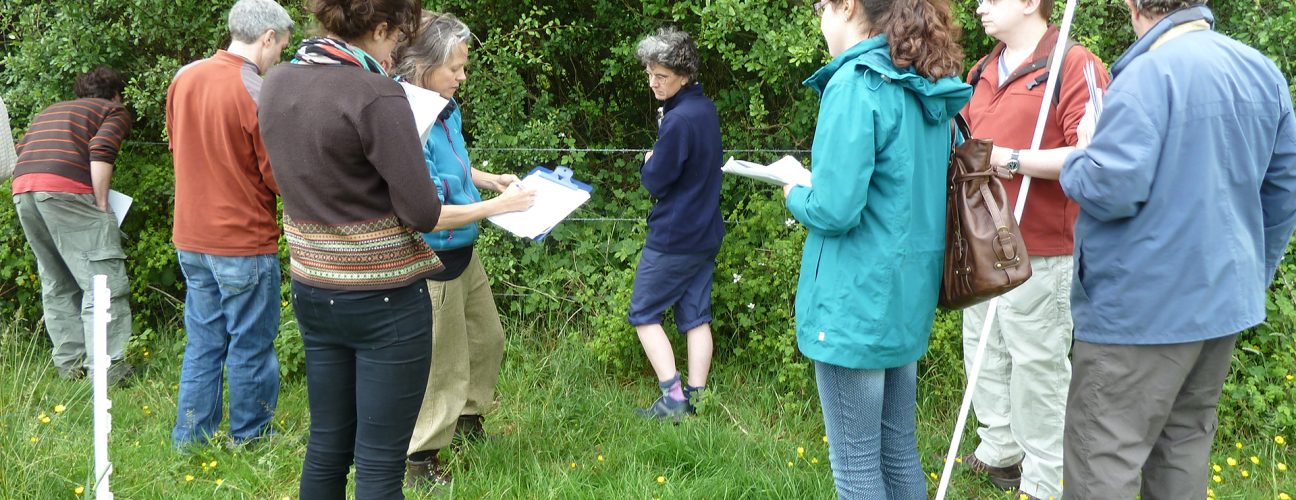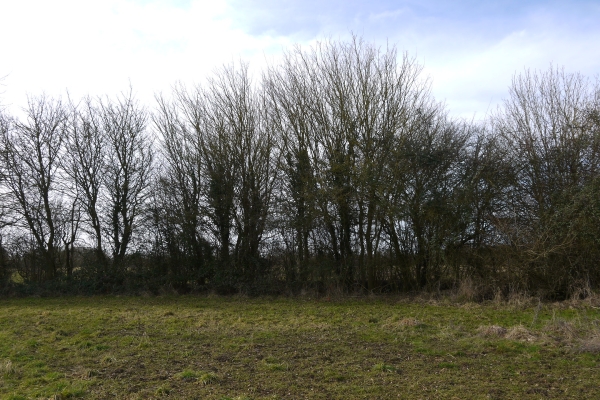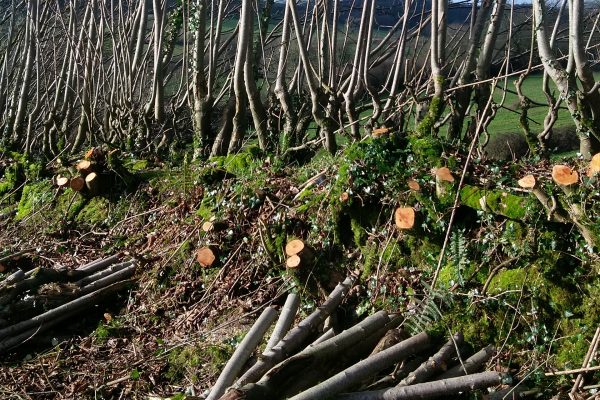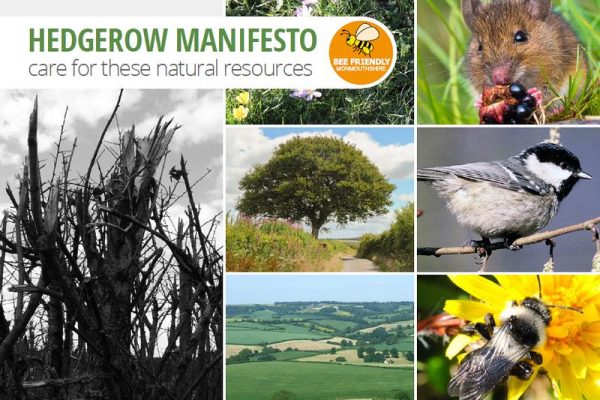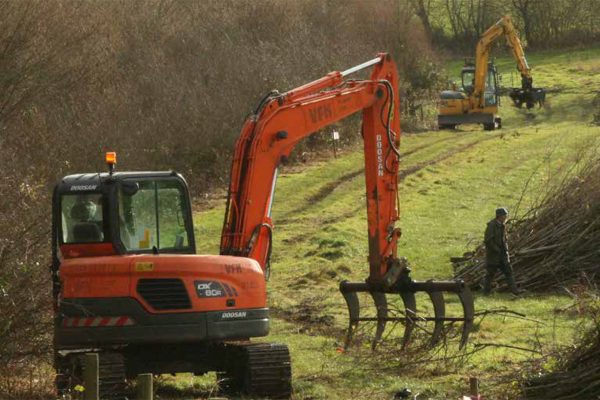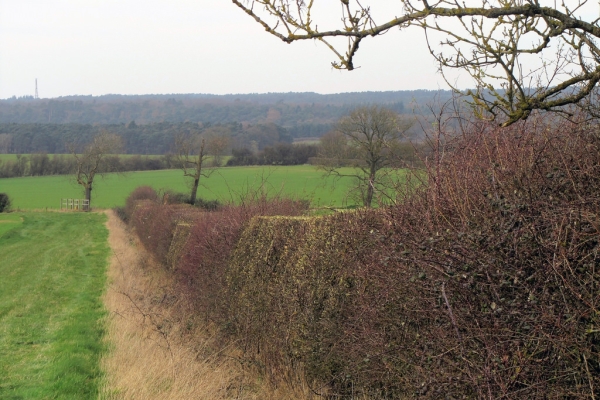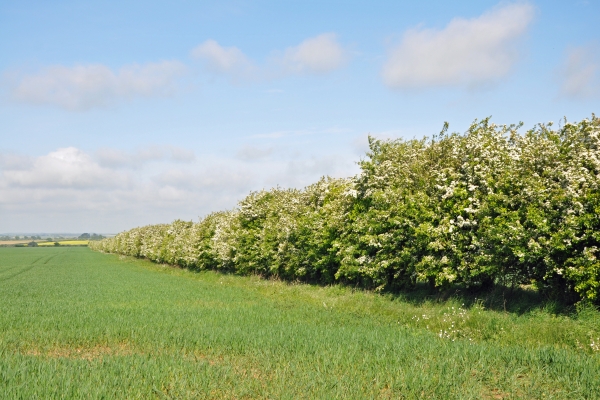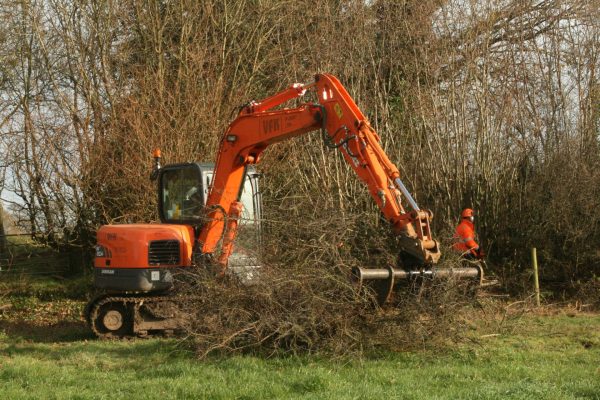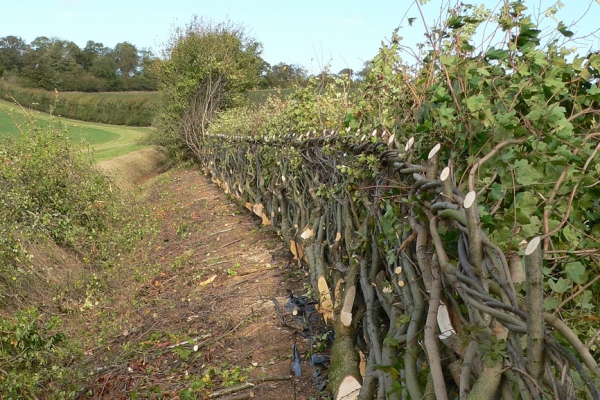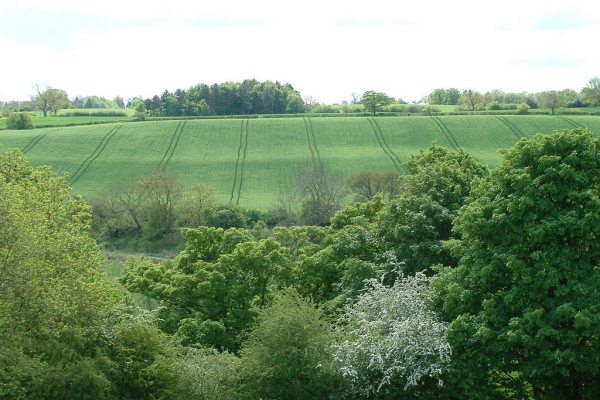Hedgerow Biodiversity Protocol 2015 User Guide
A protocol for monitoring the impacts of harvesting hedges for woodfuel
Resource explained
Coppicing for woodfuel production can have both positive and negative impacts on the wildlife of individual hedges on your farm and the larger landscape biodiversity. This guide takes you through the protocol developed by the Organic Research Centre to help you identify and monitor potential biodiversity impacts and help with decision making when designing and planning hedgerow management for woodfuel. It has been created to use alongside an assessment tool that includes survey sheets and notes (downloadable from this document), which you can use to enter data you collect and view your survey results.
The guide provides some background on the importance of restoring hedgerows and their functions and outlines the Protocol objectives. It takes you through various steps; defining and mapping your hedgerow network, carrying out a baseline hedge survey and additional surveys, entering data and using the assessment tool, interpreting your survey results, and management recommendations.
Findings & recommendations
- Rejuvenating hedges through laying or coppicing are both practices that can yield biomass that can be used for woodfuel. Managing hedges for woodfuel can provide a financial incentive to rejuvenate hedges, which in turn improves their value to biodiversity.
- Hedges provide many ecosystem services and can offer multiple habitats, food sources, refuges, and ecological corridors for a diverse range of flora and fauna. This significance in supporting biodiversity and ecosystem services means that you need to assess any impacts carefully when considering using them as a woodfuel source.
- The main objectives of the Protocol are to help you:
- Identify the current condition and value to biodiversity of your hedgerow network;
- identify and monitor potential impacts altering management may have;
- help with management decisions for both woodfuel production and protecting and improving biodiversity.
- The guide explains that your survey results can identify biodiversity indicators you can improve on and specific hedges that you may need to change how you manage to help improve their condition. It highlights that in addition to accessing the management recommendations, you can also access more general information on managing hedges for biodiversity and ways of reducing the impacts of coppicing hedges for woodfuel on wildlife.
